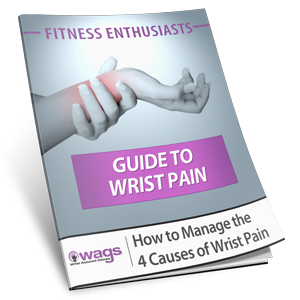Shoulder tendonitis, also known as rotator cuff tendonitis, is a characterized by inflammation or irritation of the tendons in the shoulder. While it can occur suddenly due to injury, like in my case, it often develops gradually over time, especially if you engage in repetitive overhead activities or have poor posture.
Causes: Several things can contribute to the development of shoulder tendonitis. Overuse or repetitive movements, such as those involved in sports like tennis, swimming, or baseball. Or if work involves holding and moving the arms over your head, it can strain the shoulder tendons and lead to inflammation. Also, poor posture, improper lifting techniques, and age-related wear and tear can also increase the risk of developing tendonitis in the shoulder. In my case my dog suddenly chased after a bunny when I was holding the leash, so the tendons were strained due to the forceful pull on my shoulder.
Symptoms: The main symptom of shoulder tendonitis is pain, typically felt at the top or side of the shoulder and may extend down the arm. The pain can worsen with movement, especially when lifting the arm overhead or reaching behind the back. Other common symptoms include stiffness, weakness, and a sensation of clicking or popping in the shoulder joint.
Treatment: Treatment for shoulder tendonitis aims to reduce pain and inflammation to promote healing and restore mobility. Initial treatment involves rest, ice, and pain relievers to alleviate discomfort. I’ve found that that CBD topical cream works great for improving comfort, as well as avoiding the actions that aggravate it. PT or OT exercises may also be prescribed to strengthen the shoulder muscles and improve flexibility. In more severe cases, corticosteroid injections or, rarely, surgery may be needed to alleviate symptoms and repair damaged tendons.
Prevention: Preventing shoulder tendonitis involves adopting habits that reduce the risk of overuse and strain on the shoulder muscles and tendons. This includes maintaining good posture, using proper lifting techniques, and incorporating rest breaks during repetitive activities. Additionally, regular exercise to strengthen the shoulder muscles and improve flexibility can help prevent injuries and promote overall shoulder health.
Shoulder tendonitis can be a painful condition and limit the use of the arm. But if you recognize it, adjust your activities and start treatment, you’ll get significant relief and eventually be back to using your arm and shoulder as before. But be patient and don’t push through pain or you’ll reinjure the tendons and be back to where you started. Take steps to prevent injury and if you have a strong dog, let go of the leash when he takes off to chase a bunny!





Hi Great on the site Just wondering if you have any suggestion as to what specific exercises to do for tendonitis of shoulder. At this time, I am suffering wrist and shoulder pain. I will be trying your exercises for my wrist; but I was wondering about your ideas on exercises for my shoulder. Thank you for your time and consideration in this matter.
The shoulder is a lot more mobile than the wrist and moves in all directions. So it really depends on what part of the shoulder you’ve injured, and how severe your pain is to determine the best approach to healing. I’d recommend going to see a PT or OT and getting a home program for your specific needs. I wish the best!